The dog skin problem pictures show that your dog probably has manifested something unusual on their skin, be it a rash, hair loss, or some weird bump. Knowing problems at the younger stages of development of skin development allows protecting the health and comfort of your pet. Here, we will take you through the most common skin diseases in dogs and what visual symptoms to look out for without having to panic.
Table of Contents
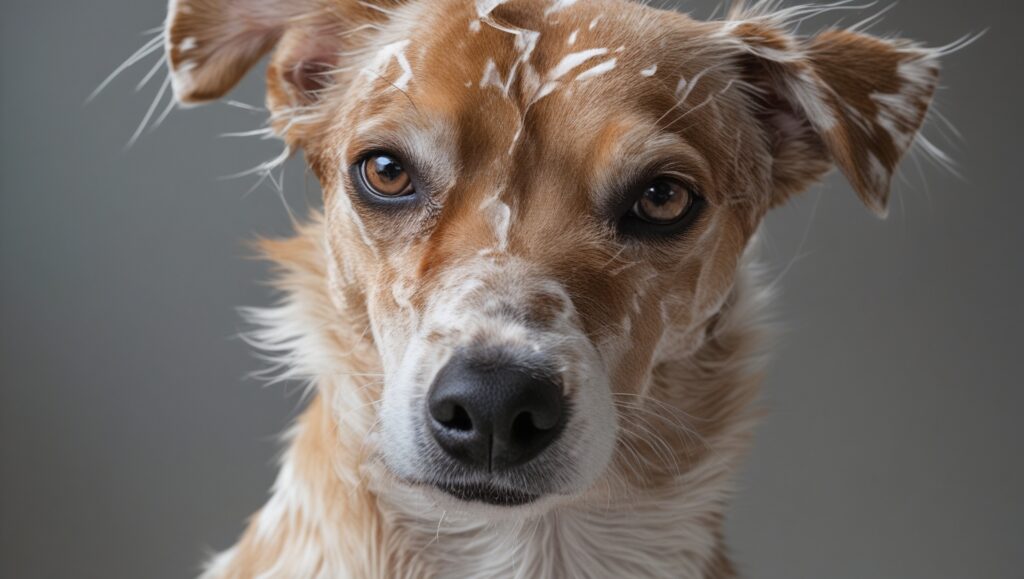
The reasons not to notice Dog Skin Problems
Quite often, the beginning of skin issues in dogs is discreet, characterized by slight itching or tiny red spots. Later on, when left unhealed, they may hurt and even give infections. Dogs cannot tell you what is wrong with them like you people, but their skin does. They tell a silent story through dry, red skin, bald spots, or scratches like crazy. This is why it is crucial to get acquainted with visual symptoms.
1. Flea allergy irritated Skin
Fleas do more than pester. In some dogs, fleas secrete saliva that causes severe itching and inflammation, which is an allergic reaction. You may observe your dog licking his lower back or scratching at tail base. Red bumps or black flea dirt on the skin and hair thinning usually appear in photos that can be found with such search queries as dog skin problems pictures.
It is one of the typical symptoms of itchy dog skin, which is often exacerbated by continuous scratching. Treatment is done by removal of fleas and application of anti-itching treatments that your vet has approved.
2. Hot Spots (Red Oozing Spots)
They (hot spots) may come up suddenly (particularly when your dog keeps licking or scratching the same spot over and over). These are red, wet, and painful areas, which may increase rapidly in size. You may notice crusty bumps or hair loss in the area.
These spots are often believed to be a more serious skin condition caused by allergies, insect bites, and infections. Pets who have hot spot photos usually have big, swollen spots that appear around the ears, thighs, or chest.
3. Round Bald Patches (Ringworm)
The name ringworm is confusing because it is not a worm that causes the disease; instead, it is a fungus. It forms hairless, smooth, lesion-like rings that are raised and scaly. They may be on the head, the legs, or the back, and may be confused with dog skin infections caused by bacteria.
Ringworm is also contagious between pets and, oddly, even people can catch it. To that end, when it comes to safety precautions and cleaning advice, pictures of ringworm in dogs are hardly surprising.
4. Mite Infestation (Mange)
Minuscule mites burrowing on the skin of your dog cause mange. It leads to the formation of scabs, crusts, or thickening, often in and around the face, the elbows, or the belly. The pet dogs with mange are itchy and can end up having raw skin, common or tightened patches, or they can lose hair completely.
It is one of the most painful skin problems, which, in vet terms, is referred to as canine dermatitis. Demodectic mange is less contagious, whereas sarcoptic mange moves relatively fast among animals. 1234
5. Allergy Reactions
Food or seasonal allergies are problems for many dogs. The typical symptoms are redness, swollen paws, and excessive licking or gnawing. Others develop a red, bumpy rash on the belly or on the inside of their thigh.
Skin problems that come with allergies are usually more difficult to diagnose since they are confused with infections. It may also happen that the skin of your dog gets dark or thick at some point in time, which is usually experienced by people with long-term allergies.
6. Yeast Overgrowth
Warm and humid parts of the body, such as armpits, ears, and paws, host yeast. Dogs that develop yeast problems are characterized by greasy skin or dark spots on their skin, or skin that has a pungent smell. The skin might look red or swollen and can make your dog headshake or bathe his or her paws more often.
Most images depicting yeast infections target the ears, the skin of which is sticky and too thick, which in the medical diary can be referred to as greasy bits of skin.
7. Bacterial Infections (Pyoderma)
They are experienced when damage or irritation is done to the skin by bacteria. You will find pimples, scabs, or pus-laden bumps, which are quite uncomfortable. The dog can lick or bite the place, making it even worse.
The condition is usually a secondary one to another, such as allergies or parasites. It is usually known as a staph infection in dogs in vet blogs and is mostly treated with antibiotics and medicated shampoos.
When to act?
Any of the following symptoms herald an immediate visit to a vet, should your dog have them:
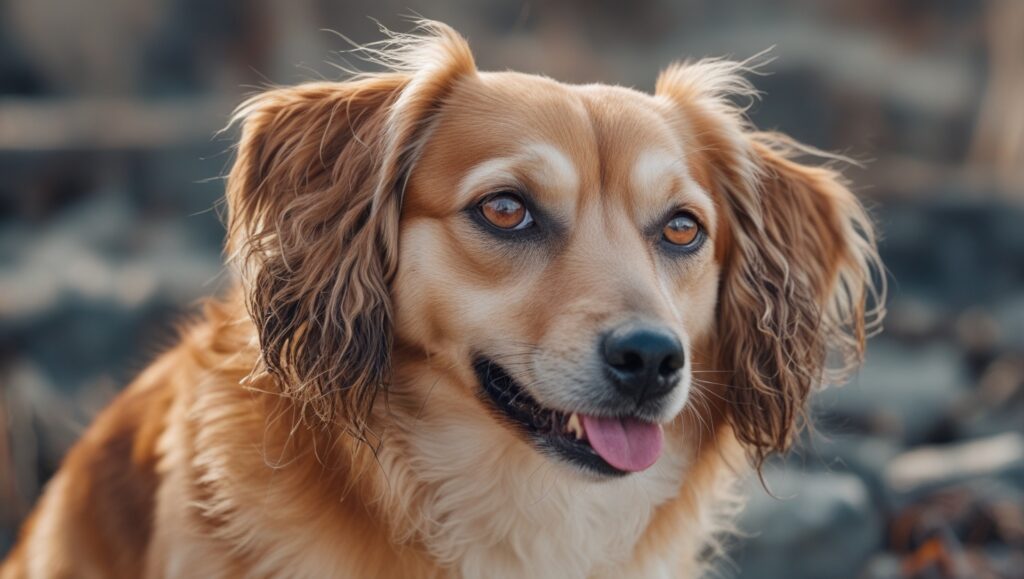
- Open wounds or bleeding.
- Bad smell of the body or ears.
- Balding and the thickened skin surface.
- The act of constant scratching or biting.
- Crusted and crusty lesions.
Dog skin problem pictures may serve to indicate the possible problem, but the visual comparison is never sufficient to provide a proper diagnosis. Your vet will know whether it is allergic, bacterial, parasitic, or fungal.
So, What to Blame Most Dog Skin Problems On?
The etiology may differ, but most often is
- Fleas/ticks
- Food allergies
- Allergies of the season or environmental allergies.
- Fungal or bacterial infection.
- Shabby grooming or hygiene.
- Immune system depression.
The source of the problem is the determinant of the successful treatment.
Treatment: What Is Good and What Is Not?
Never do anything without checking with your vet. The options of treatment can be:
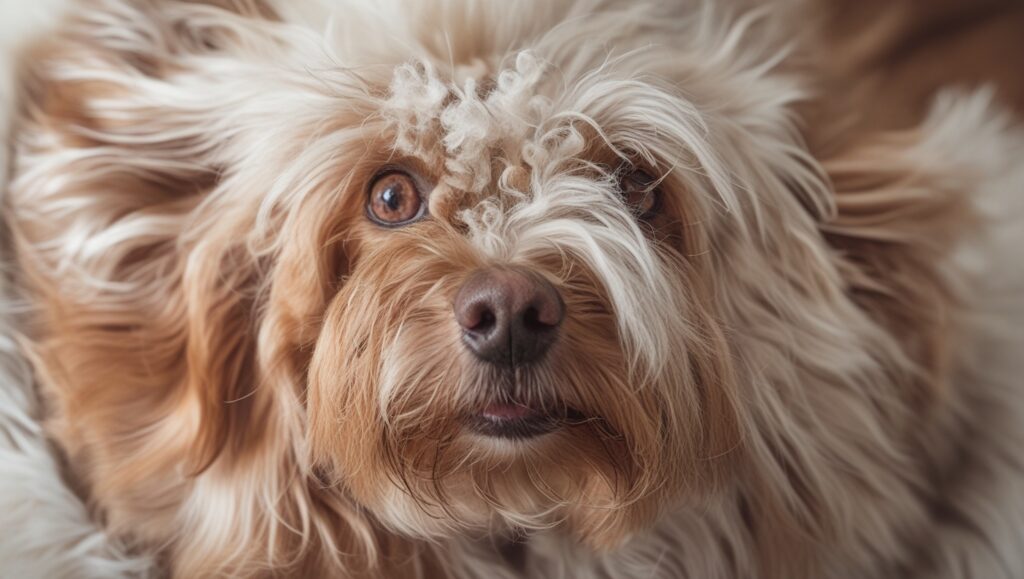
- Chemical shampoos (to treat a yeast or bacterial infection).
- Prevention of fleas/ticks
- Anti-inflammatory creams or sprays.
- Antibiotics, antiseptics, and sources of drugs in mouth form.
- Hypoallergenic diets
Not to be used at home except when advised by a vet. Natural oils or regimens can also make the problem worse when not used effectively.
Is It Possible for Skin Problems to Be Transmitted to People or Other Pets?
Yes—sometimes:

- Human beings can be infected by ringworm and sarcoptic mange.
- Due to the nature of the conditions caused by fungi and mites, they can and might be transmitted using bedding, grooming equipment, and contact areas.
- Bacterial infections have fewer chances of spreading, but become severe when overlooked.
- It is recommended to wash hands after exposure to afflicted areas and isolated pets when necessary.
Conclusion
You can identify the problem by looking at dog skin problem pictures. Yet bear in mind that skin conditions tend to resemble each other and require professional analysis to be treated properly. Timely treatment from a veterinarian can help your dog avoid further aggravation of the situation, turning the discomfort into a medical problem.
Go by your gut. When you suspect something is wrong with the skin of your dog, take a photo to refer to and make an appointment with the vet, as he/she will be grateful to you.
Will I be able to diagnose a problem in my skin with reference to pictures?
It is possible to get an idea, of course, but only a vet will be able to verify and fix the exact problem.
Can over-the-counter creams be considered safe to use?
Under a prescription made by a vet. Dogs can be harmed by some of the human-based creams.
Why does my dog scratch after the bath?
Not only dry skin, but also a parasite, allergy or infection might be the problem. Testing is best done with your vet.

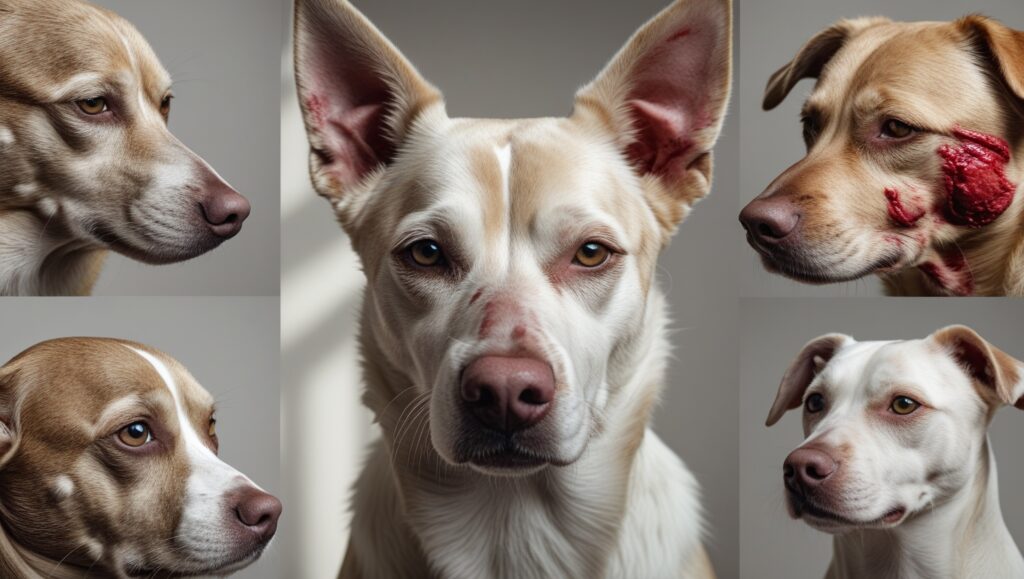
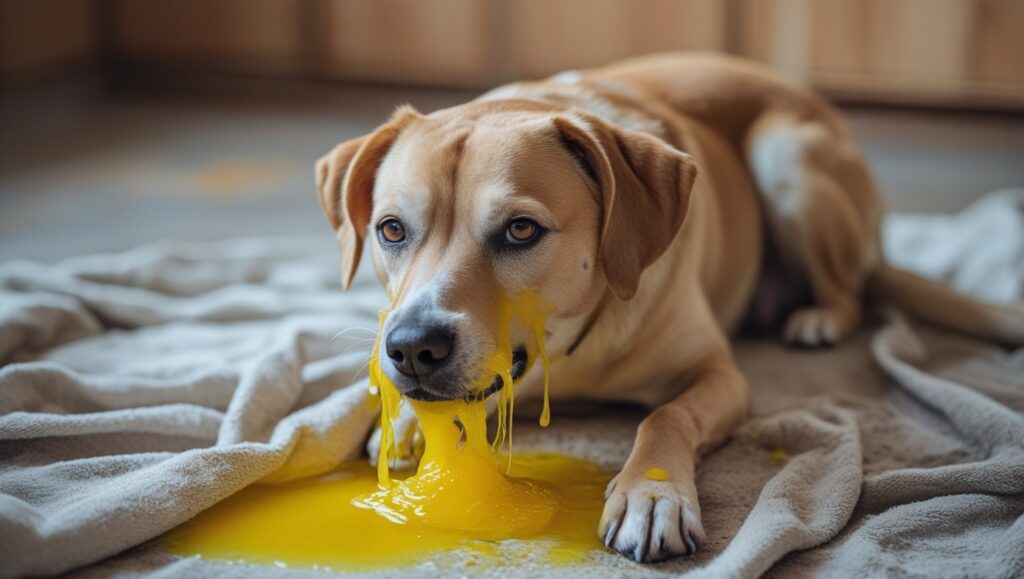

Hi